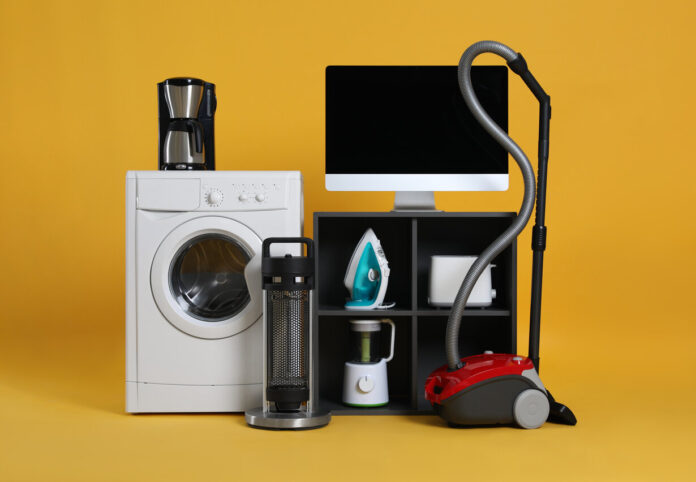This Monday, April 17, 2023, the European Commission adopted new rules to reduce the consumption of certain electrical appliances. The affected devices have a hidden standby. In other words, they use electricity even though they have been turned off with their on/off button. Their main switch is actually located after the transformer. When the device is switched off and plugged in, it still consumes energy because the residual current continues to flow.
For this reason, the European Commission has decided to impose new rules to limit their energy consumption. According to TF1, washing machines, televisions, game consoles, speakers or hair dryers will have to lower their power as soon as they enter the off or standby mode.
With these new measures, the Commission completed a 2008 Ecodesign Regulation, last updated in 2013. The law affected nearly 800 million devices sold each year. From now on, the Commission wants to tighten its regulations in 2025.
Previously, devices in off mode could consume a maximum of 0.50 W. By 2025, they will not be able to go above 0.30 W, according to TF1. When in sleep mode, it will be fixed at 0.50 W. If a device is in sleep mode while connected to a network, the threshold increases from 8 to 7 W. For devices connected to the Internet and data networks, the limit remains fixed at 2 W.
How much does such standby consumption cost on average? Will household electricity bills go down thanks to European Commission measures?
According to the Environment and Energy Management Agency (Ademe), 15% of household electricity bills are due to the “hidden consumption” of appliances, which represents an average of 100 euros per year. Also according to Ademe, a nuclear reactor must operate without interruption to ensure the consumption of all electrical appliances on standby in France.
Household appliances with a hidden standby can each consume nearly 200 kWh per year. This is particularly the case for induction hobs, washing machines, refrigerators but also the Internet box. For the négaWatt association, if 30% of French households turned off unnecessarily lit appliances, a saving of 3400 to 4000 GWh per year would be achieved. A watt saving that would turn into a saving of euros for many households.
According to TF1, the decision of the European Commission would represent savings of 530 million euros per year for consumers, by 2030. A household would waste an average of 100 euros every year by leaving its household appliances plugged in. It would therefore be as much money to save on his electricity bill.
These savings could be even greater. Indeed, according to TF1, the decision of the European Commission also plans to limit the time before a device goes into stop or standby mode. On some small appliances, this time is between 5 and 40 minutes. Whatever the new threshold imposed, it would be as much consumption time to save.
Finally, the Commission would like users to be able to know the details of the consumption of a device in order to adapt its power supply according to needs. All these new rules should be published “in the near future” in the Official Journal of the European Union.















